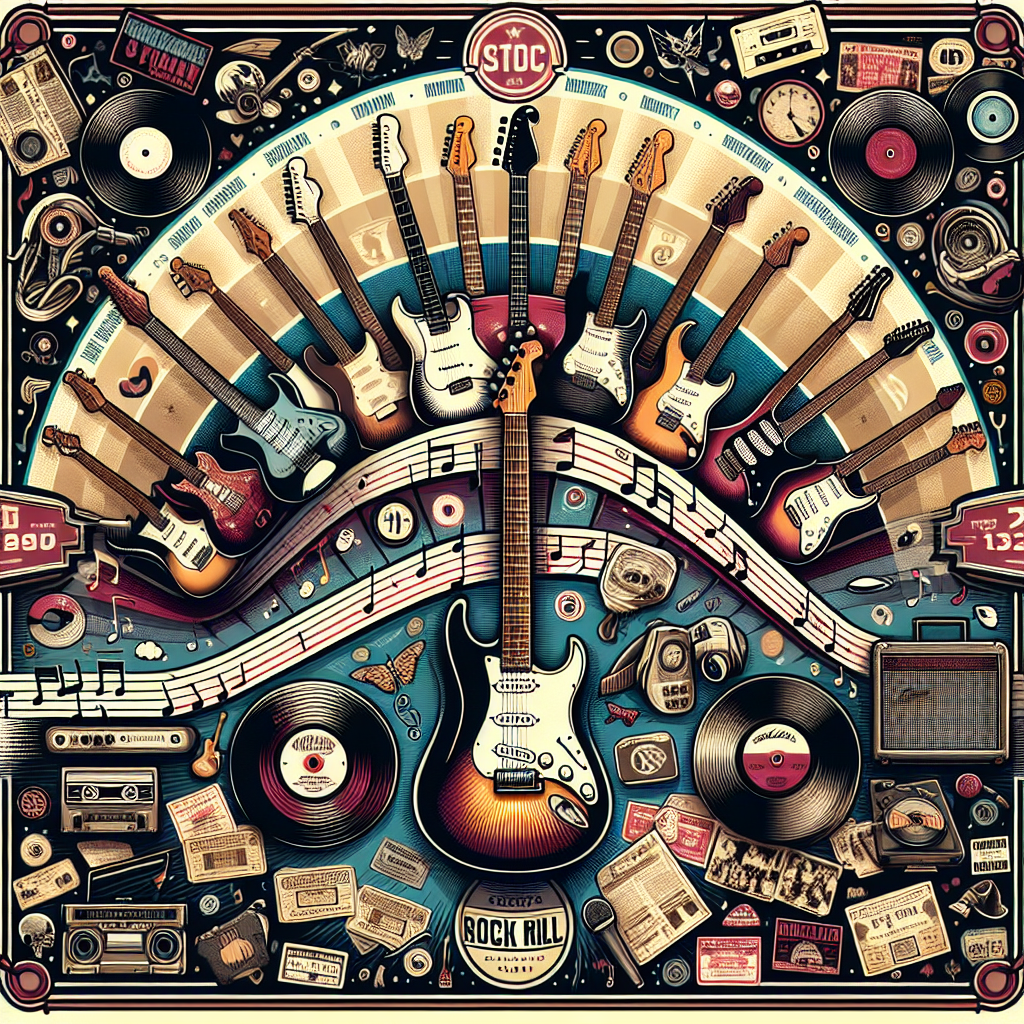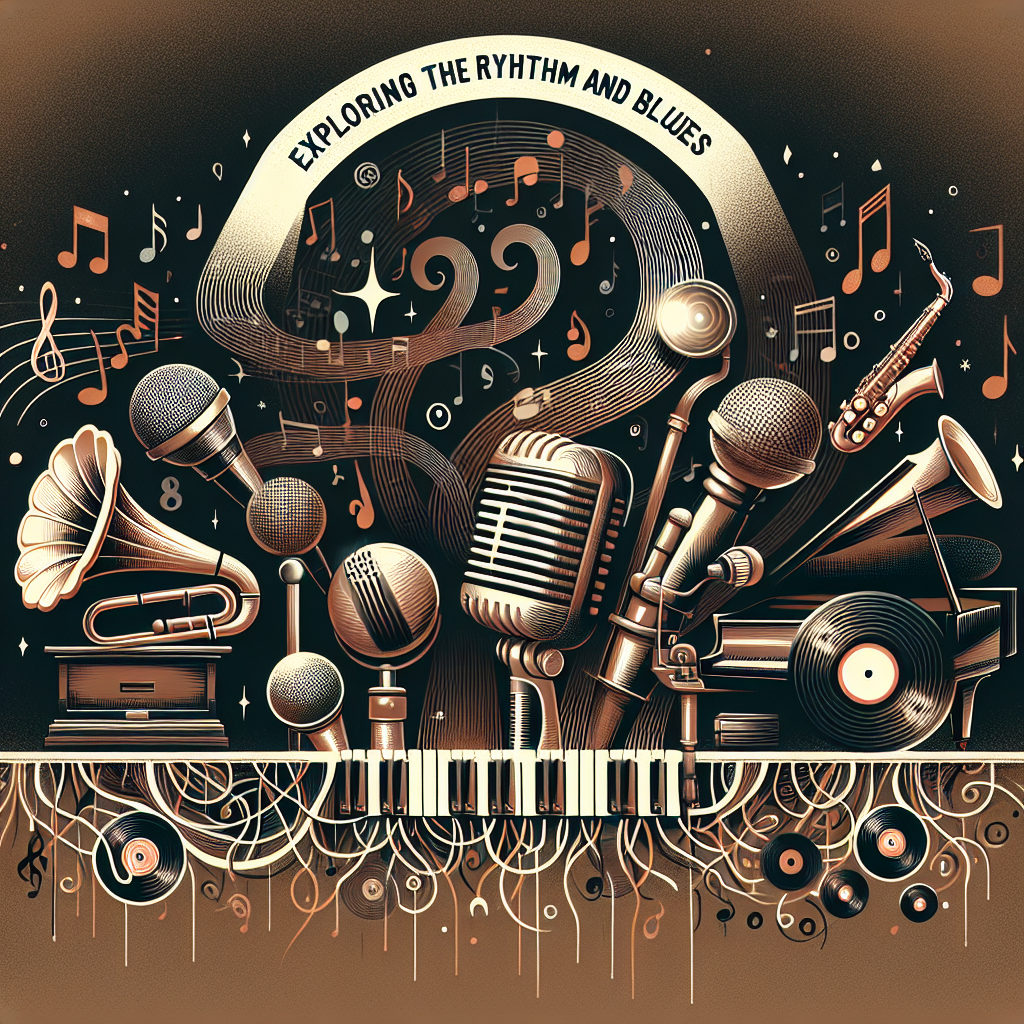Pop music, short for ‘popular music,’ has been a dominant genre in the music industry for many years. It is a type of music that is produced and disseminated to attract and reach the mainstream audience. While it initially originated in the mid-1950s, pop music has evolved — not just in its creation but also in the tunes it employs. This article aims to provide a closer look at this evolution.
Pop Music in the 1950s and 1960s
During the 1950s to the 1960s, pop music was heavily influenced by rock and roll and rhythm and blues. Artists like Elvis Presley and The Beatles were at the forefront of pop music with catchy, upbeat tunes that resonated with millions worldwide. This era marked the simplicity of pop music tunes, focusing more on memorable and repetitive melodies that would hook listeners.
The 1970s and the Disco Influence
The 1970s saw a music renaissance. Pop music was influenced, notably by disco and funk. The Bee Gees, Donna Summer, and ABBA were a few key representatives of this era. The tunes changed to become more rhythmic and energetic, with an increased focus on basslines and danceable beats. The melody was no longer the sole hook; the rhythm and the groove also played significant roles.
The Synthesized 1980s
Technology began to bear a more decisive impact on pop music in the 1980s. The advent of synthesizers and drum machines was a game-changer. Pop music became more digital and synthesized, reflecting in tunes that sounded more textured and layered. This era birthed a generation of pop stars like Michael Jackson and Madonna, whose music incorporated these new sounds with infectious, punchy pop hooks.
The 1990s and the Rise of Dance Pop
The 1990s brought forth a bevy of genres, including dance-pop and teen pop. Artists like Britney Spears, Spice Girls, and N’Sync began to dominate the music scene. The tunes of this era were characterized by infectious rhythms, catchy hooks, elements of electronic dance music, and high-energy choruses.
The 2000s and Beyond
In the 2000s and up to today, pop music has continued to draw influences from various music genres. Pop music tunes have consequently become more eclectic and complex, with elements borrowed from hip-hop, country, electronica, and more. Artists like Taylor Swift, Justin Bieber, and Beyonce have epitomized this change, producing songs that experiment with different tunes and yet retain the essential “pop” charm.
Conclusion
Pop music’s evolution is not merely an aesthetic shift but a reflection of the changing societal trends and technological advancements. Each era of pop music has responded to the cultural, social, and technological contexts of the time, leading to shifts in the music’s visual styles, production methods, and especially tunes. It clearly demonstrates music’s intrinsic ability to evolve, adapt and mirror its socio-cultural context. The constant reinvention and evolution make pop music an exciting area of study and enjoyment.
Frequently Asked Questions (FAQs)
1. What was the main influence on pop music in the 1970s?
Disco and funk significantly influenced pop music in the 1970s. Artists focussed more on creating rhythmic and energetic music that would make people want to dance.
2. Who were some of the key pop artists in the 1980s?
Artists such as Michael Jackson, Madonna, Prince ruled the pop music scene in the 1980s, capitalizing on digital and synthesized sounds.
3. What characterised the pop music tunes in the 1990s?
The pop music tunes in the 1990s were distinguished by their infectious rhythms, catchy hooks, incorporation of electronic dance music elements, and high-energy choruses.
4. Are today’s pop music tunes different from those in the previous decades?
Yes, today’s pop music has become more eclectic and complex, borrowing elements from various other genres, thus offering a different tune structure than previous decades.
5. How have societal trends and technological advancements affected the tunes in pop music?
They have played a significant role in shaping the tunes in pop music throughout the years. For instance, the introduction of synthesizers and drum machines in the 1980s created new possibilities for experimentation, leading to more textured and layered tunes.




